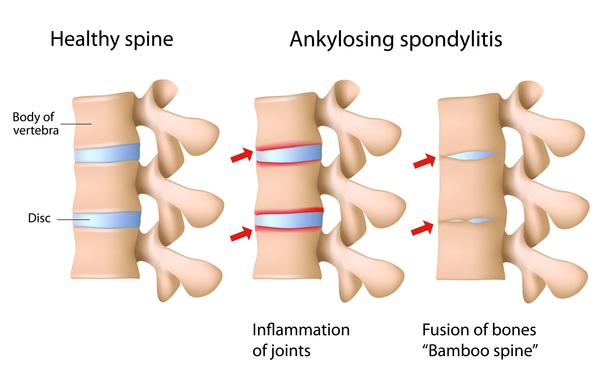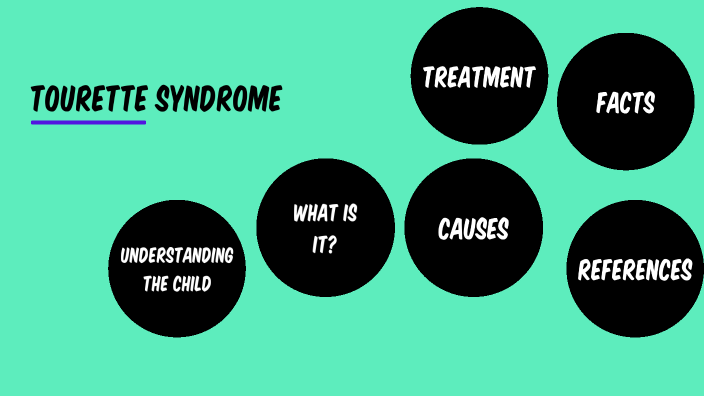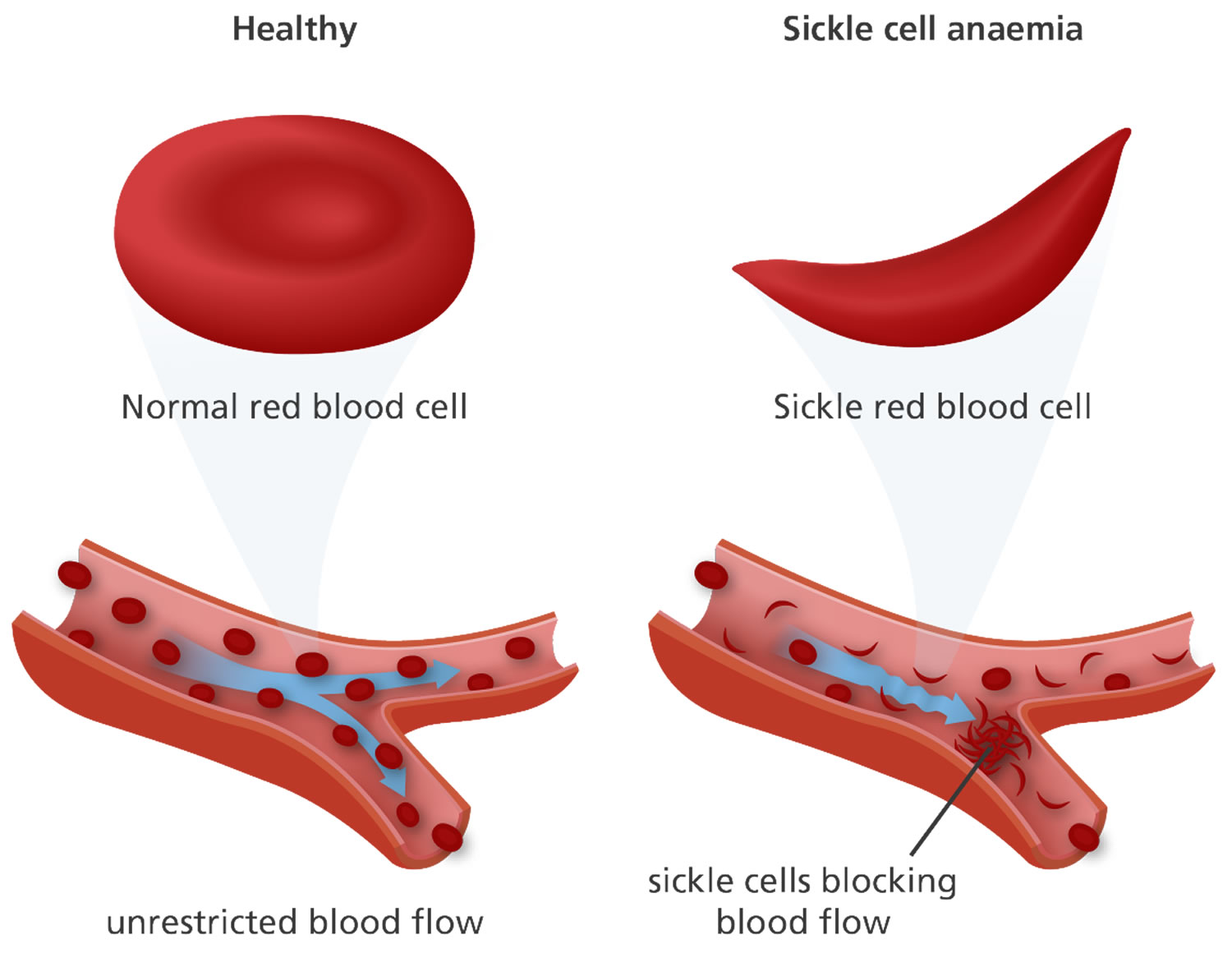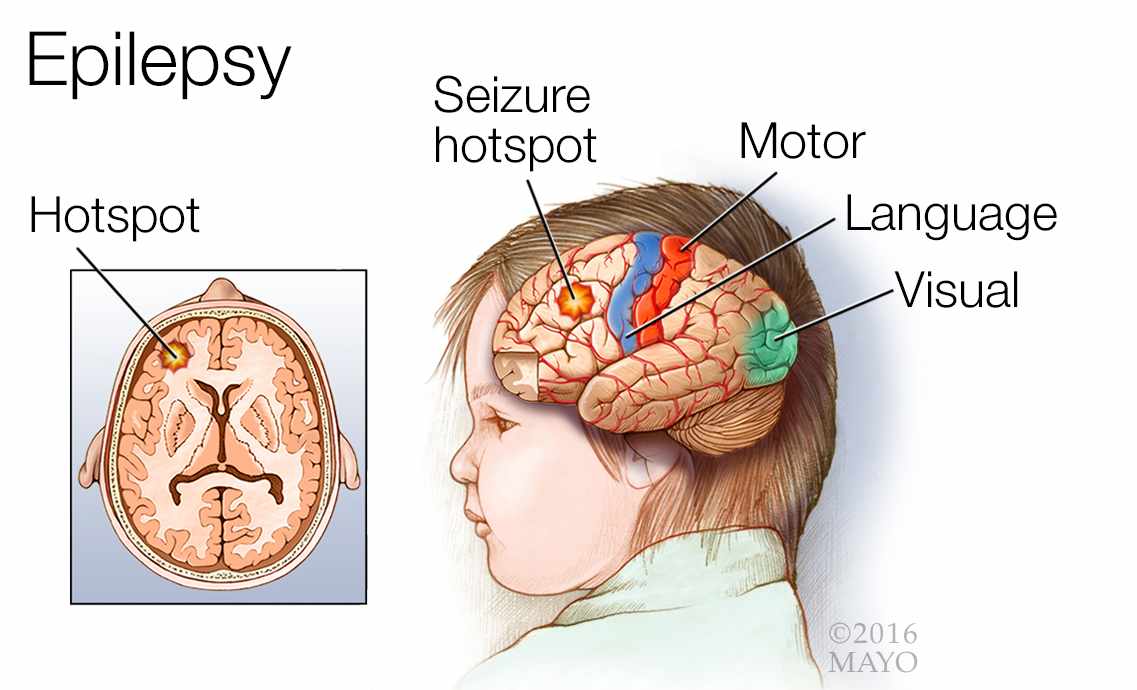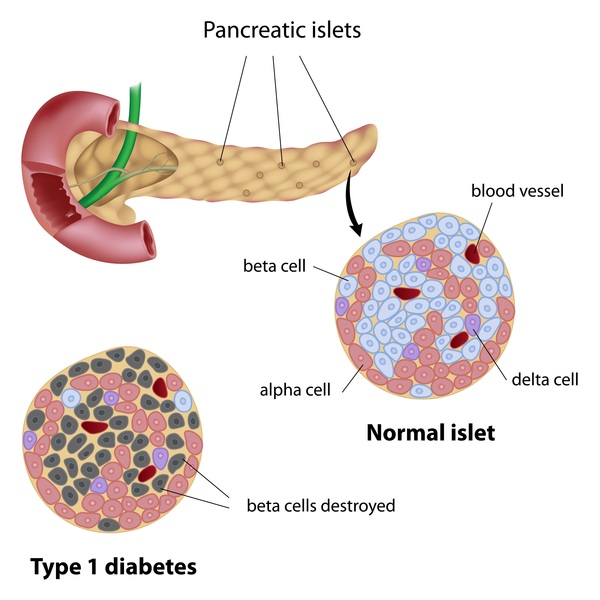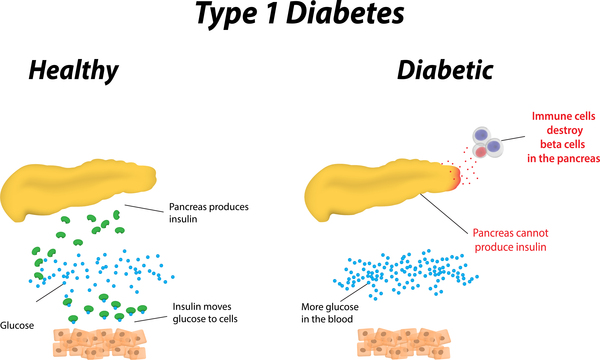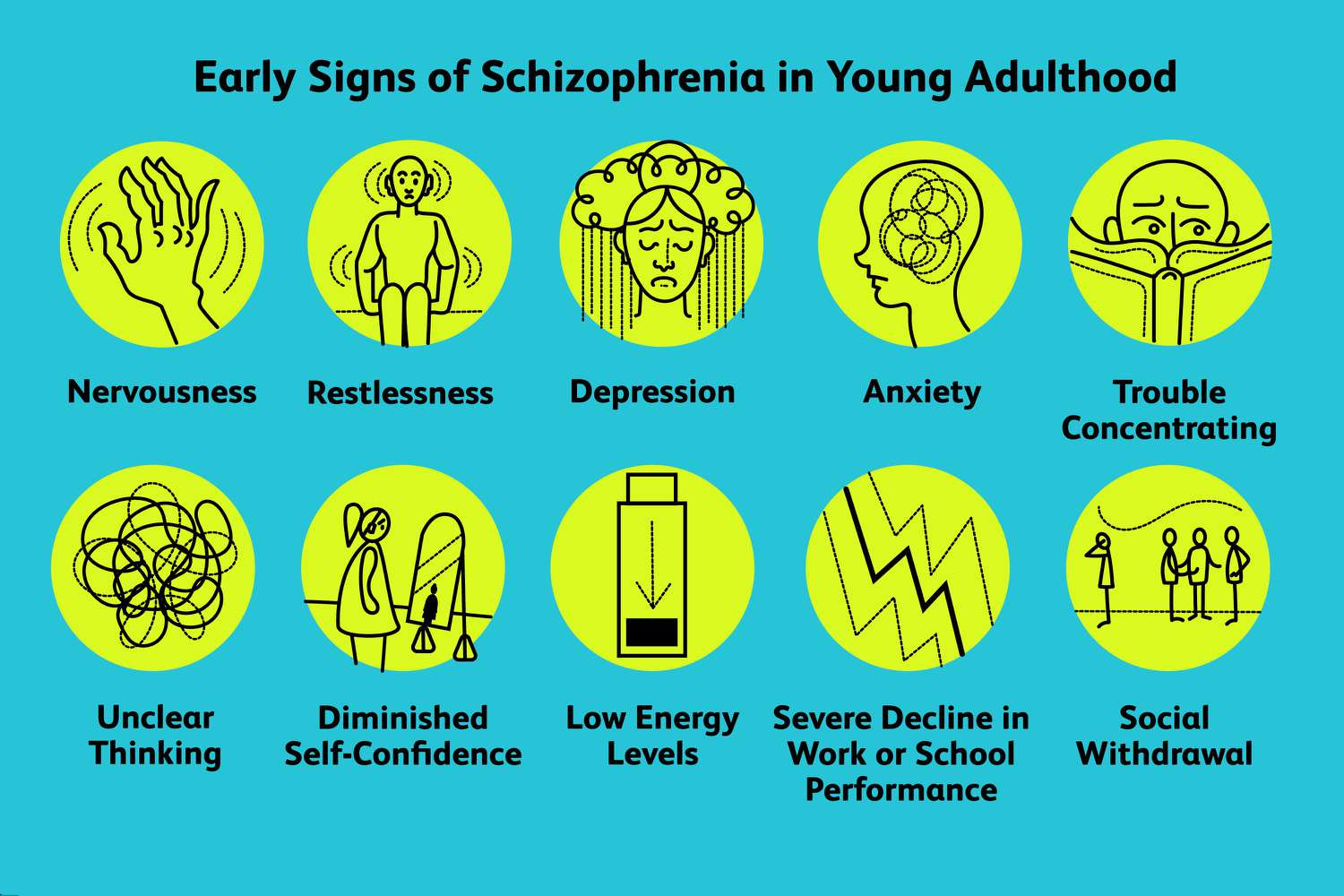Nursing Paper Example on Understanding Lupus: Symptoms, Causes, and Treatment
Nursing Paper Example on Understanding Lupus: Symptoms, Causes, and Treatment
Causes
The exact cause of lupus is not fully understood, but researchers believe it arises from a combination of genetic, hormonal, and environmental factors.
Genetics: Genetics play a significant role in predisposing individuals to lupus. Research has identified several genes associated with an increased risk of developing the disease. Individuals with a family history of lupus are at a higher risk of developing the condition themselves.
Hormonal Factors: Hormonal influences, particularly estrogen, may contribute to the development of lupus. Women are disproportionately affected by lupus compared to men, with the disease often onset during their childbearing years. Hormonal fluctuations during puberty, pregnancy, and menopause can influence the immune system’s response and exacerbate lupus symptoms.
Environmental Triggers: Various environmental factors can trigger or exacerbate lupus symptoms in genetically susceptible individuals. These triggers include exposure to ultraviolet (UV) light from sunlight, certain medications (e.g., antibiotics, anticonvulsants), infections (e.g., Epstein-Barr virus), and chemical exposures (e.g., silica, solvents). Additionally, smoking has been linked to an increased risk of developing lupus and worsening its symptoms.
Immunological Factors: Dysregulation of the immune system is a central feature of lupus. In individuals with lupus, the immune system becomes overactive and produces autoantibodies that target healthy tissues and organs, leading to inflammation and tissue damage. This autoimmune response can be triggered by various factors, including genetic predisposition, hormonal fluctuations, and environmental exposures.
Psychosocial Factors: Stress and psychological factors may also influence the development and exacerbation of lupus symptoms. While stress alone does not cause lupus, it can trigger flares and worsen existing symptoms in individuals already diagnosed with the disease.
Understanding the complex interplay of these factors is essential for unraveling the underlying mechanisms of lupus and developing targeted therapeutic interventions. (Nursing Paper Example on Understanding Lupus: Symptoms, Causes, and Treatment)
Signs and Symptoms
Lupus is a heterogeneous disease that can affect multiple organs and systems in the body, leading to a wide range of signs and symptoms that vary in severity and presentation among individuals.
1. Fatigue: Persistent fatigue is a common symptom of lupus, often debilitating and significantly impacting daily functioning.
2. Joint Pain and Swelling: Lupus can cause inflammation in the joints (arthralgia) and swelling (arthritis), leading to pain, stiffness, and reduced mobility. Joint involvement typically affects the small joints of the hands, wrists, and knees.
3. Skin Rash: A characteristic lupus rash, known as a malar or butterfly rash, often appears on the face, spreading across the cheeks and bridge of the nose. Other skin manifestations include discoid lupus, characterized by round, scaly lesions on the skin, and photosensitivity, where exposure to sunlight triggers or exacerbates rashes.

4. Fever: Fever is a common symptom of lupus, often occurring during disease flares and indicating increased disease activity.
5. Organ Involvement: Lupus can affect various organs, including the kidneys (causing lupus nephritis), heart (pericarditis), lungs (pleurisy), and brain (neuropsychiatric lupus). Symptoms associated with organ involvement may include chest pain, shortness of breath, headaches, seizures, and cognitive dysfunction.
6. Raynaud’s Phenomenon: Raynaud’s phenomenon, characterized by cold-induced color changes in the fingers and toes, is common in individuals with lupus.
7. Hematologic Abnormalities: Lupus can lead to abnormalities in blood cell counts, including anemia (low red blood cell count), leukopenia (low white blood cell count), and thrombocytopenia (low platelet count), which can result in fatigue, increased susceptibility to infections, and abnormal bleeding.
8. Other Symptoms: Additional symptoms of lupus may include hair loss, mouth ulcers, abdominal pain, weight loss, and lymphadenopathy (enlarged lymph nodes).
Understanding and recognizing these diverse signs and symptoms are essential for timely diagnosis and effective management of lupus. (Nursing Paper Example on Understanding Lupus: Symptoms, Causes, and Treatment)
Etiology
The etiology of lupus is multifactorial, involving a complex interplay of genetic, hormonal, environmental, immunological, and psychosocial factors.
1. Genetic Predisposition: Genetics play a significant role in the development of lupus, with familial aggregation observed in affected individuals. Multiple genes have been implicated in lupus susceptibility, including those involved in immune regulation, apoptosis, and interferon signaling pathways. Variations in these genes contribute to an individual’s genetic predisposition to lupus.
2. Hormonal Factors: Hormonal influences, particularly estrogen, are thought to contribute to the gender bias observed in lupus, with women being more susceptible than men. Estrogen’s immunomodulatory effects can influence the immune response, potentially triggering or exacerbating lupus in susceptible individuals. Hormonal fluctuations during puberty, pregnancy, and menopause may also influence disease activity and symptom severity.
3. Environmental Triggers: Various environmental factors can trigger or exacerbate lupus in genetically susceptible individuals. These triggers include ultraviolet (UV) light exposure from sunlight, certain medications (e.g., antibiotics, anticonvulsants), infections (e.g., Epstein-Barr virus), and chemical exposures (e.g., silica, solvents). Additionally, smoking has been associated with an increased risk of developing lupus and worsening its symptoms.
4. Immunological Dysregulation: Dysregulation of the immune system is a hallmark of lupus, characterized by the production of autoantibodies that target self-antigens, leading to inflammation and tissue damage. Abnormalities in immune cell function, including T and B lymphocytes, dendritic cells, and cytokine signaling pathways, contribute to the pathogenesis of lupus.
5. Psychosocial Factors: Stress and psychological factors may influence the onset and exacerbation of lupus symptoms. While stress alone does not cause lupus, it can trigger disease flares and worsen existing symptoms in susceptible individuals.
Understanding the multifaceted etiology of lupus is essential for elucidating its underlying mechanisms and developing targeted therapeutic approaches for effective disease management. (Nursing Paper Example on Understanding Lupus: Symptoms, Causes, and Treatment)
Pathophysiology
Lupus is characterized by a complex pathophysiology involving dysregulated immune responses, aberrant cytokine signaling, and widespread inflammation, leading to tissue damage and organ dysfunction.
1. Autoimmunity: Central to lupus pathophysiology is the breakdown of immune tolerance, leading to the production of autoantibodies against self-antigens. These autoantibodies, including antinuclear antibodies (ANA) and anti-double-stranded DNA (anti-dsDNA) antibodies, form immune complexes that deposit in various tissues, triggering inflammatory responses and tissue damage.
2. Dysregulated Immune Cells: Abnormalities in various immune cell populations, including T and B lymphocytes, dendritic cells, and macrophages, contribute to lupus pathogenesis. Dysregulated T cells fail to properly regulate immune responses, while autoreactive B cells produce pathogenic autoantibodies. Dendritic cells and macrophages contribute to immune activation and the production of pro-inflammatory cytokines.
3. Cytokine Imbalance: Imbalance in cytokine signaling pathways is a hallmark of lupus, with elevated levels of pro-inflammatory cytokines, such as interleukin-6 (IL-6), tumor necrosis factor-alpha (TNF-α), and interferons (IFNs), driving inflammation and tissue damage. Conversely, regulatory cytokines involved in immune tolerance, such as interleukin-10 (IL-10), are often diminished in lupus.
4. Complement Activation: Dysregulation of the complement system, a key component of innate immunity, contributes to lupus pathogenesis. Excessive complement activation leads to tissue inflammation and damage, particularly in the kidneys (lupus nephritis) and skin.
5. Endothelial Dysfunction: Lupus-associated autoantibodies and inflammatory mediators target endothelial cells, leading to endothelial dysfunction and vasculopathy. This endothelial damage contributes to the development of vascular complications in lupus, including thrombosis, vasculitis, and accelerated atherosclerosis.
Understanding the intricate pathophysiology of lupus is essential for developing targeted therapeutic interventions aimed at modulating aberrant immune responses and mitigating tissue damage and organ dysfunction in affected individuals. (Nursing Paper Example on Understanding Lupus: Symptoms, Causes, and Treatment)
DSM-5 Diagnosis
The diagnosis of lupus relies on a combination of clinical assessment, laboratory tests, and meeting specific criteria outlined in the Diagnostic and Statistical Manual of Mental Disorders, Fifth Edition (DSM-5). While the DSM-5 primarily focuses on psychiatric disorders, its criteria for diagnosing systemic lupus erythematosus (SLE) help standardize the evaluation process for healthcare providers.
1. Clinical Assessment: Healthcare providers conduct a comprehensive clinical evaluation to assess symptoms, medical history, and physical examination findings indicative of lupus. Common symptoms include fatigue, joint pain, skin rashes, and organ involvement, which may fluctuate in severity and duration.
2. Laboratory Tests: Laboratory tests play a crucial role in confirming the diagnosis of lupus and assessing disease activity. These tests may include:
- Antinuclear antibody (ANA) test: Positive in the majority of lupus patients.
- Anti-double-stranded DNA (anti-dsDNA) antibody test: Elevated levels are specific to lupus.
- Complement levels (C3 and C4): Decreased levels indicate complement activation.
- Complete blood count (CBC) and erythrocyte sedimentation rate (ESR): Assess for anemia, leukopenia, and thrombocytopenia, as well as inflammatory activity.
3. DSM-5 Criteria: The DSM-5 includes specific criteria for diagnosing SLE, requiring the presence of at least four of the following criteria for classification:
- Malar rash
- Discoid rash
- Photosensitivity
- Oral ulcers
- Arthritis
- Serositis
- Renal disorder
- Neurologic disorder
- Hematologic disorder
- Immunologic disorder
- Antinuclear antibody (ANA) positivity
Meeting these criteria helps establish a definitive diagnosis of lupus and differentiate it from other autoimmune or rheumatic conditions.
4. Differential Diagnosis: Healthcare providers also consider other autoimmune diseases and conditions with overlapping symptoms, such as rheumatoid arthritis, Sjögren’s syndrome, and fibromyalgia, when making a differential diagnosis of lupus.
Overall, a comprehensive evaluation encompassing clinical assessment, laboratory tests, and adherence to DSM-5 criteria is essential for accurately diagnosing lupus and initiating appropriate management strategies. (Nursing Paper Example on Understanding Lupus: Symptoms, Causes, and Treatment)
Treatment Regimens and Patient Education:
Effective management of lupus involves a multifaceted approach aimed at controlling symptoms, preventing flares, minimizing organ damage, and improving quality of life. Treatment regimens typically incorporate medications, lifestyle modifications, and patient education to empower individuals in managing their condition.
1. Medications:
- Nonsteroidal Anti-inflammatory Drugs (NSAIDs): NSAIDs such as ibuprofen and naproxen can help relieve pain and inflammation associated with lupus arthritis and mild musculoskeletal symptoms.
- Corticosteroids: Prednisone and other corticosteroids are commonly prescribed to reduce inflammation and suppress the immune system during lupus flares. Long-term use is often limited due to potential side effects.
- Immunosuppressants: Medications like methotrexate, azathioprine, and mycophenolate mofetil are used to modulate the immune system and reduce disease activity in individuals with moderate to severe lupus.
- Antimalarial Drugs: Hydroxychloroquine is frequently prescribed to manage lupus skin rashes, joint pain, and fatigue, while also reducing the risk of lupus flares and organ damage.
2. Lifestyle Modifications:
- Sun Protection: Individuals with lupus should minimize sun exposure and use sunscreen with a high sun protection factor (SPF), protective clothing, and hats to prevent photosensitivity reactions.
- Regular Exercise: Low-impact exercises such as walking, swimming, and yoga can help improve joint mobility, reduce fatigue, and enhance overall well-being in individuals with lupus.
- Stress Management: Stress reduction techniques such as meditation, deep breathing exercises, and mindfulness can help alleviate stress and anxiety, which may exacerbate lupus symptoms.
3. Patient Education:
- Understanding the Disease: Educating patients about the nature of lupus, its potential complications, and the importance of adhering to treatment regimens is essential for promoting disease awareness and self-management.
- Medication Adherence: Patients should be educated about the importance of taking medications as prescribed, including potential side effects and the need for regular monitoring.
- Symptom Management: Teaching patients how to recognize and manage lupus symptoms, including pain, fatigue, and skin rashes, empowers them to take an active role in their care and seek timely medical attention when needed.
- Lifestyle Recommendations: Providing guidance on sun protection measures, exercise routines, stress management techniques, and nutrition can help individuals with lupus optimize their overall health and well-being.
By combining medications, lifestyle modifications, and patient education, healthcare providers can collaborate with individuals with lupus to develop personalized treatment plans that address their unique needs and enhance their quality of life while managing this chronic autoimmune condition. (Nursing Paper Example on Understanding Lupus: Symptoms, Causes, and Treatment)



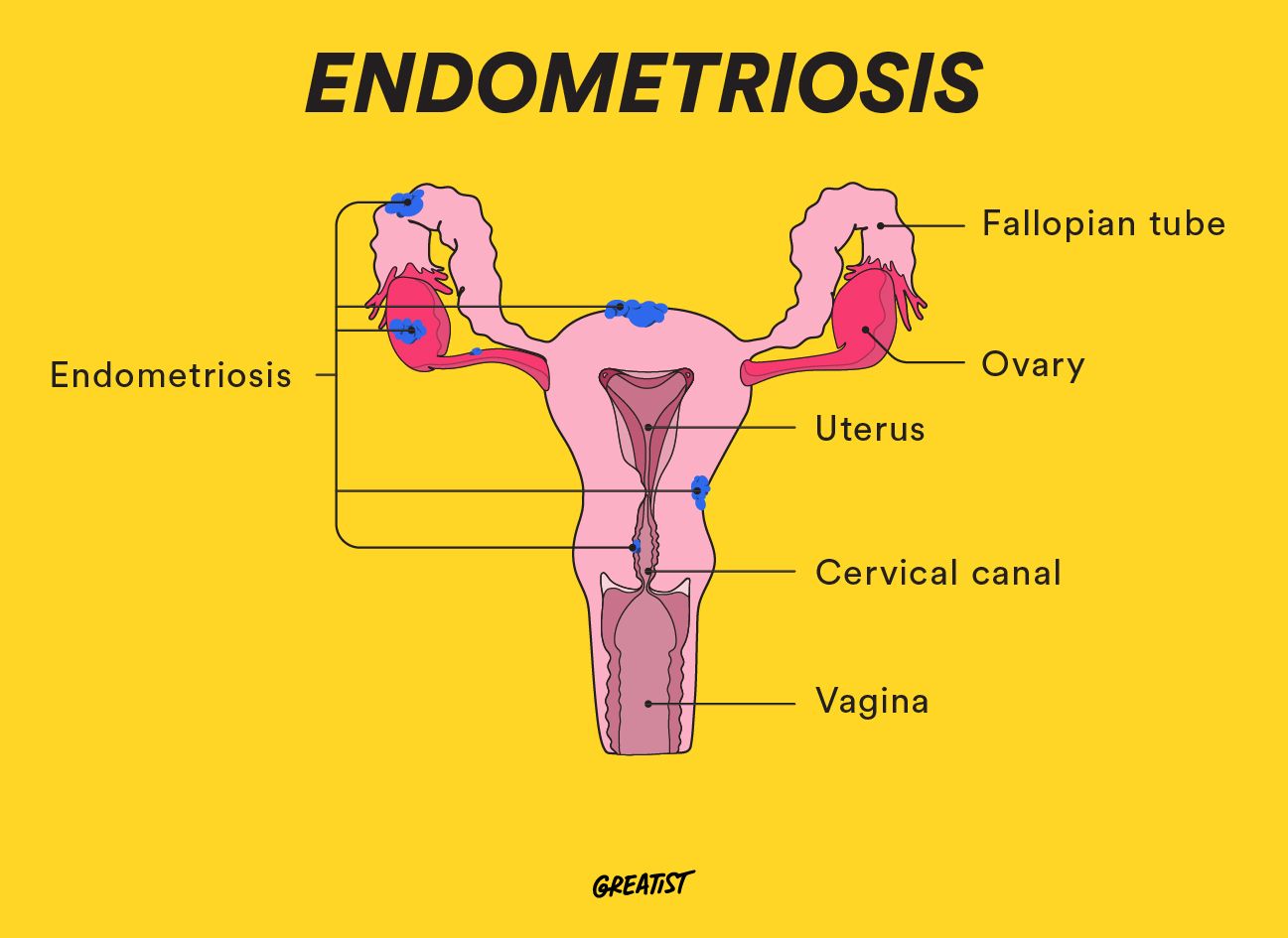
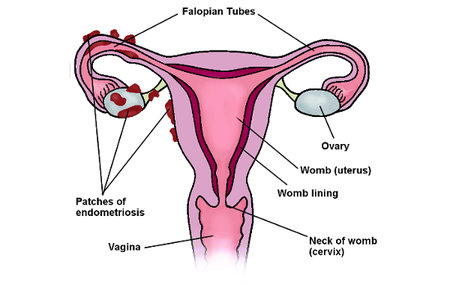 Pathophysiology
Pathophysiology